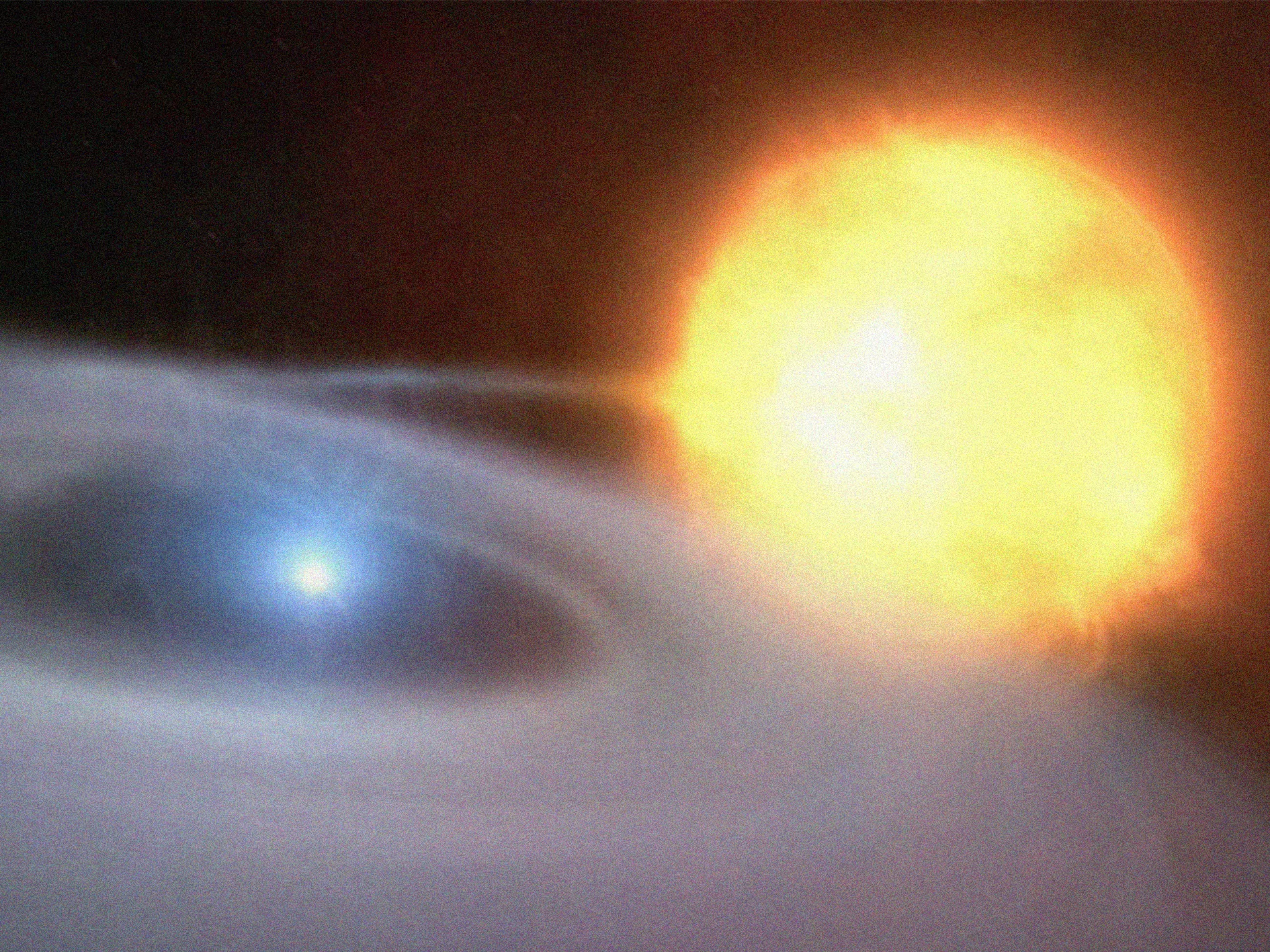Astronomers have discovered a rare type of supernova Icn
Scientists have studied the supernova SN 2022ann, which belongs to a rare type of Icn. This is only the fifth such object known to people. Studies show that before the explosion, the flash “inflated” its shell.
Scientists from different countries have studied the supernova SN 2022ann in the visible and infrared spectrum. It is located in the galaxy SDSS J101729.72-022535, 710 million light-years away from us.
Supernovae are giant explosions that occur due to a sufficiently large number of reasons. They are usually divided into two main types. Type I does not have bright hydrogen lines in the spectrum, but type II does. Icn is a variant of the first variant, which does not have not only signs of hydrogen, but also helium, however, oxygen and carbon lines are present.
According to scientists, Icn-type supernovae are formed due to the gravitational collapse of stars, which before that lose their outer shells. SN 2022ann is only the fifth case of observation of this phenomenon.
